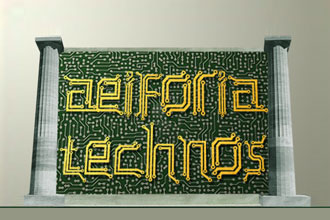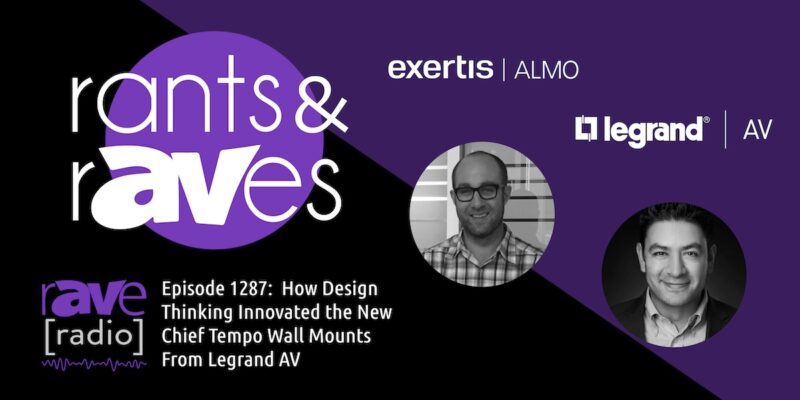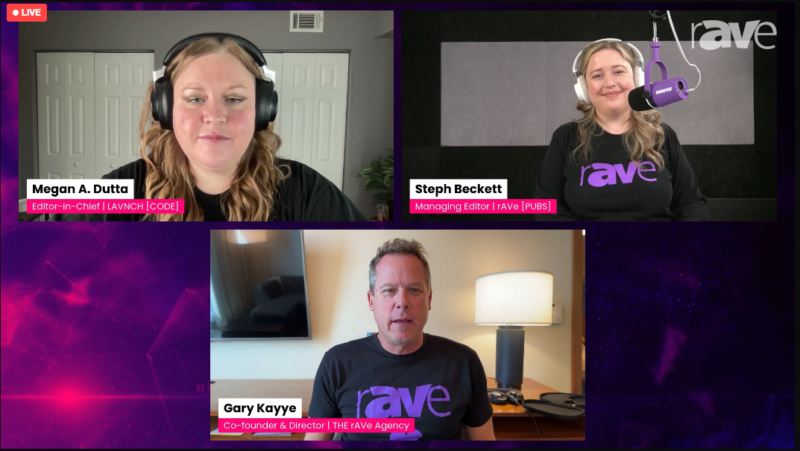Collabor-Jabber
 I was recently in Salt Lake City for the annual United States Institute for Theater Technology (USITT) conference, where collaboration is king and data-driven technology related to the entertainment industry is rampant. The theater industry in itself has a long tradition of collaboration among the entire team from designers to director, designers to technicians, director to actors, and so on in addition to industry wide collaboration. It is through this collaboration that the flow of information allows complex forms of art to happen by building on the successes and failures of those who have come before you. The pervasiveness of technology on display at the show floor punctuates this point in the speed at which technology can aid in that collaboration and communication of all aspects of a performance through the collection and use of data. What is most intriguing to me is the pace of acceptance by the creatives in this industry embracing these tools in ways that not even the technology manufacturers could imagine. The ability to plan, create, communicate and get feedback from this technology revolution in blinding fashion is both exciting and refreshing compared to the built environment industry in which there are many parallels in terms of processes and methods.
I was recently in Salt Lake City for the annual United States Institute for Theater Technology (USITT) conference, where collaboration is king and data-driven technology related to the entertainment industry is rampant. The theater industry in itself has a long tradition of collaboration among the entire team from designers to director, designers to technicians, director to actors, and so on in addition to industry wide collaboration. It is through this collaboration that the flow of information allows complex forms of art to happen by building on the successes and failures of those who have come before you. The pervasiveness of technology on display at the show floor punctuates this point in the speed at which technology can aid in that collaboration and communication of all aspects of a performance through the collection and use of data. What is most intriguing to me is the pace of acceptance by the creatives in this industry embracing these tools in ways that not even the technology manufacturers could imagine. The ability to plan, create, communicate and get feedback from this technology revolution in blinding fashion is both exciting and refreshing compared to the built environment industry in which there are many parallels in terms of processes and methods.
In looking at the built environment and the ability of today’s technology to derive mountains of data related to building efficiency and operations the same type of collaboration is a critical key to successfully leveraging this data in a constructive way. This includes both the back end and upfront planning of the technology used to collect this data and how it interfaces with other systems and its human counterpart. There are a few relative aspects of this including speed of which this data can be collected, processed, sorted and used to its maximum efficiency as well as what and how it is integrated with other systems or the people responsible to interpret the data in a useful form. How this information is planned, shared, and processed can either speed things up or create bottle necks of inefficiency that can make the benefits elusive at best or destructive at worst. Creative collaboration as demonstrated in the theater industry is one way to look at the problem and maximize the benefits.
Often the driver for the collaborating nature of the arts is driven by budgets, time constraints and an advancement in complexity of the art resulting in a process where the most successful endeavors are a result of intense negotiation and looking at a problem in a multitude of ways through a Design Thinking methodology. Creatives in the entertainment industry often will turn processes, materials and methods on their head to achieve an end while examining as many options of approaching an outcome. This process can result in many different ways to skin the proverbial cat and help to create new ideas and methods that can readily help solve other or future problems. As part of the collaboration process, these solutions can be readily shared with not only the immediate team but often to the industry as a whole through events such as the USITT conference.
A good example of this is when I stopped by the Gantom Lighting booth to check out their new micro LED lighting products and met up with Charles Kirby, owner of Thematics, LLC, who created a collaboration portal call CollabrJabber in which others using the Gantom products can work together to share and problem solve solutions on various projects in the entertainment industry related to this system. Many of the things discussed on this portal are not only how to improve the product, communications protocols and installation but also relate to how it can be integrated into other systems such as sounds, projection and props in ways that I would be the manufacturer did not even consider when making their product line.
The data-driven data-producing technology revolution, which is far more advanced in the construction and building management industry, is being co-opted by the entertainment industry to move the ball forward often with the question of, “How does this help me communicate my ideas?” reigning in the forefront. I believe the immediacy and often short duration of the performing arts pushes this as the product (the show) is directly in the path of the spectator where in the built environment the occupier may never interface in a blatant way with the technology that manages a building and its environment even if it is right in front of them.
The transparent nature of technology use in the built environment can lead to a lack of collaboration as it often is designed and operated in silos where it effects only one or more directly related systems without the realization of how it impacts the rest of the project or its occupants. Because the sheer volume of data sensors, communications protocols, and ability to manage and control systems and the data produced for operational building managers, controls companies, design consultants and BMS operators better collaboration methods are critical to achieve the desired results. Often however, these ideas are seen as closed to others often as a result of not working with those who may have come before you and already solved the problems faced by the project team or understanding how discrete systems can impact other systems or the occupants in unintended ways.
This methodology and data can be shared on operational sites such as Recool in which project teams and owners can share and access others data related to operational efficiency of HVAC systems in sustainable projects. While this is a fantastic step in the right direction it falls short in its inclusion of other building systems that are data driven. In addition to this I have come across many websites dedicated to sharing specific aspect of green building and technology which again is great for what it is but often is reporting and does not connect the general populous together in a collaborative fashion. The best example of successful collaboration at a high level is done at a very large scale and was most recently held in Paris (COP21) by the United Nations but fails in its follow-up and helping to create a continuum of conversation.
What is needed is the industry to determine at a grass roots level what the best way to collaborate on a local level within projects and on a global level within the industry across all aspects of a project from original design concept to occupation. I am interested in comments related to how your team collaborates in this fashion so that can be shared.





